Coastal Guerrero Mexico (March 30 – April 9, 2018) Callyn Yorke
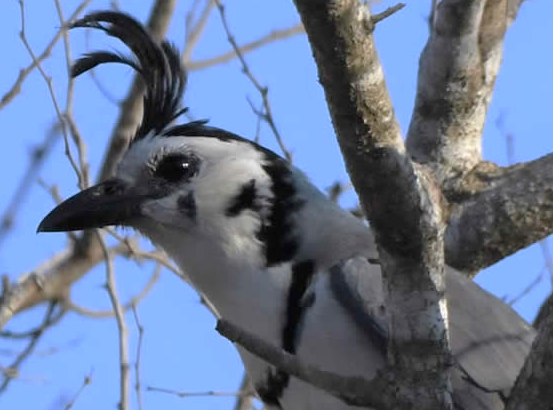
LINK TO: ANNOTATED BIRD LIST
Introduction
Throughout Mexico, can be found stunning natural diversity, including unique assemblages of plants, amphibians, reptiles, birds and mammals. Related to a relatively high species endemism, are landscapes of unsurpassed grandeur — snow-capped volcanoes, several ecologically distinct deserts, triple-canopy rainforests, montane coniferous forests, mile-deep canyons, rolling hills of subtropical thorn-scrub and thousands of miles of remote, picturesque coastline. If a visitor has a fair amount of time, patience, curiosity and a love of adventure, Mexico is a treasure trove of natural history.
Occasionally, over the past three decades during semester breaks, I had focused my ornithological efforts in different regions of Mexico, including the Yucatan Peninsula, Oaxaca, Chiapas, Baja and Nayarit. This time, I chose the Central Pacific Coast of Guerrero, centered on the twin settlements of Ixtapa and Zihuatanejo.
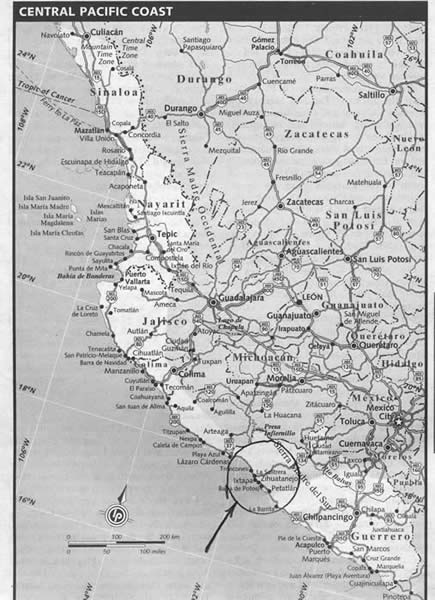
The international Ixtapa-Zihuatanejo airport is near some good stands of subtropical thorn forest with its unique avian community. Developed areas, particularly with well-watered vegetation, attracted many birds, particularly during this (dry) season. In fact, I quickly discovered that downtown Zihuatanejo was one of the best places to observe and photograph birds of the region. My first morning walk through town, dodging beach-goers, busses and taxis, produced forty-eight bird species, including West-Mexican endemics such as, Doubleday’s Hummingbird, Russet-crowned Motmot, Golden-cheeked Woodpecker, Happy Wren, Rufous-backed Robin and Yellow-winged Cacique.

I made Hotel Irma, Playa Ropa, my home base in Zihuatanejo. From the hillside hotel, I walked the narrow streets, lined with deciduous trees and shrubs that were often alive with birds. The flowers and fruits of leguminous trees (see photo below) attracted highly vocal, mixed species flocks of birds each morning. Regular members of these flocks included, Golden-cheeked Woodpecker, Rufous-backed Robin, Orchard Oriole, Streak-backed Oriole and Yellow-winged Cacique. Elsewhere, mostly in isolated trees adjacent to vacant lots, were the less commonly seen species, such as Ferruginous Pygmy Owl (photo), Citreoline Trogon and Doubleday’s Hummingbird.
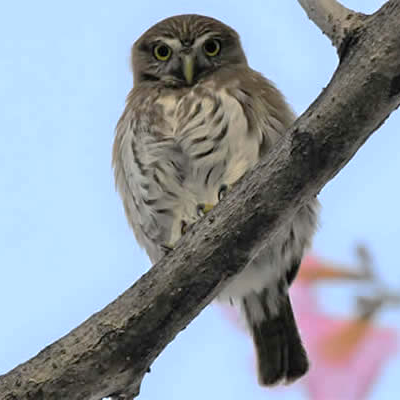
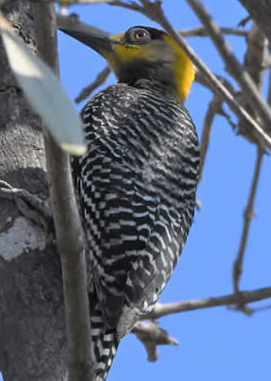
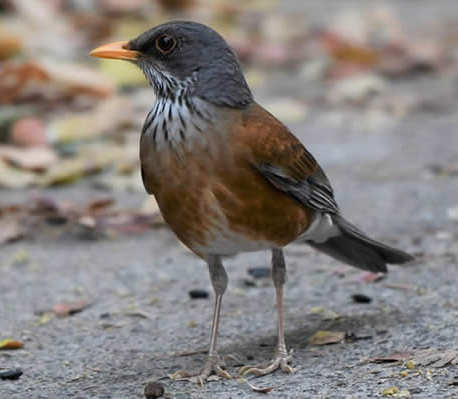
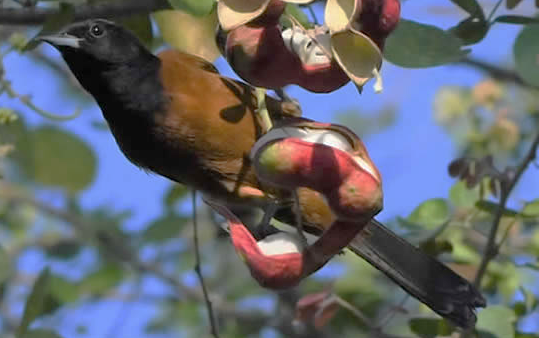
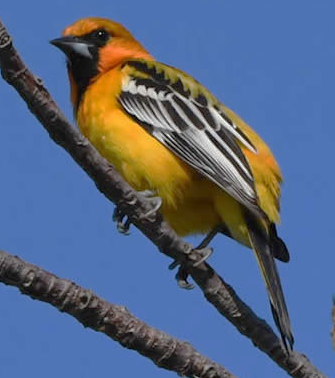
A creatively painted concrete drainage channel running through the middle of town produced a number of interesting seed-eaters, e.g. White-winged Dove, Inca Dove (nesting), Ruddy Ground Dove, Common Ground Dove, White-collared Seedeater and Bronzed Cowbird. Males of the latter species were greatly outnumbered by females and immatures (20:1), sometimes displaying a comically fluffed headdress and piercing red eyes, while strutting their stuff around the flock.

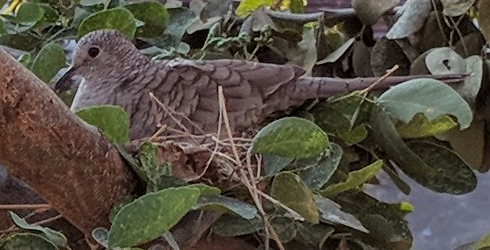
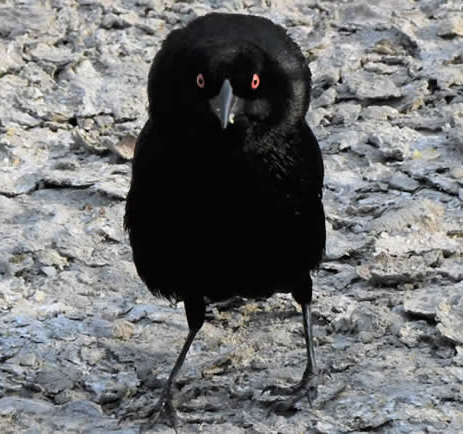
Near the shoreline terminus of the drainage canal, a series of blackwater pools, evidently composed of sewage and city run-off, attracted a surprising diversity of waders. Among those found included, American White Ibis, Snowy Egret, Tricolored Heron, Green Heron, Spotted Sandpiper and Least Sandpiper. Most bird species evidently lack enough sensory nasal epithelium to be bothered by the acrid, sulphuric stench. Shrimp appeared to be the principal prey items the large waders were seeking.
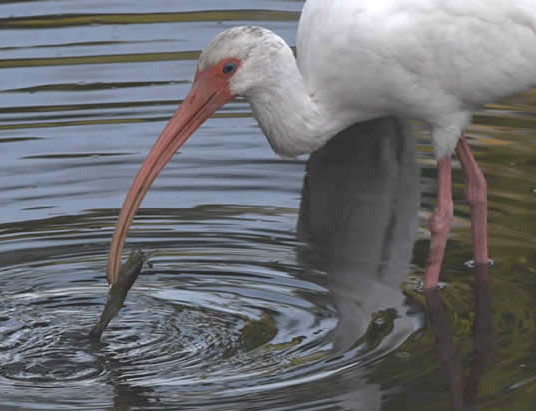
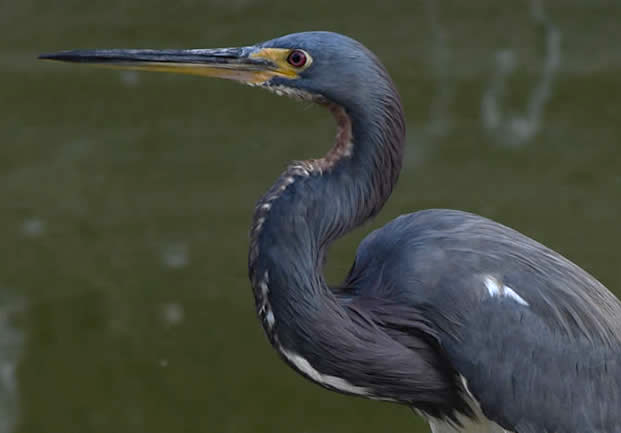
A few days later, most of these pools had dried up in the baking sun, leaving enough moisture in the thin soil to support small clumps of grasses and herbs. Each day I found a slightly different assemblage of birds in and around the drainage canal, including a nesting pair of Yellow-winged Cacique in overhanging trees and a single, quite unexpected, Blue-gray Tanager (photos).The latter species is common within its normal range, but largely confined to the humid tropics of Southeastern Mexico and southward through Central America and Brazil.
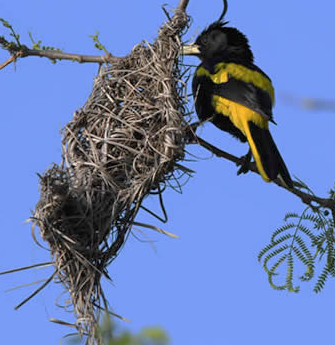

I had a lunch break at the famous Shawshank Redemption Restaurant. This was one of several excellent, inexpensive eateries in downtown Zihuatanejo.
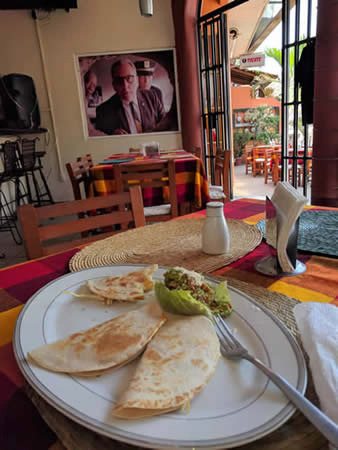

I visited additional birding sites in the area, such as Troncones to the north of Zihuatanejo and Barra de Potosi to the south. Both of those locations required a rental vehicle, which was also useful for finding birding hotspots along the old road between Zihuatanejo and Ixtapa.
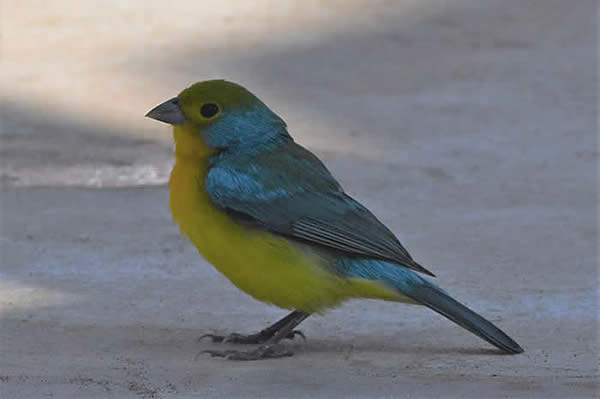
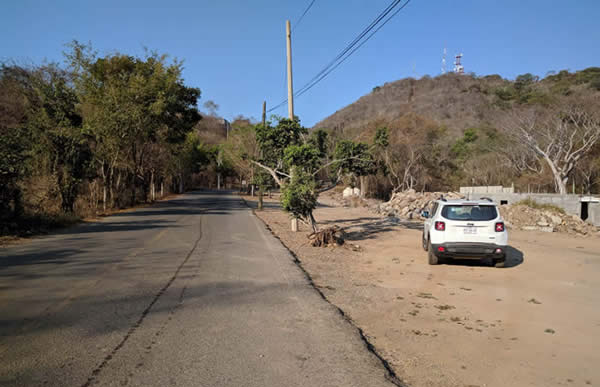
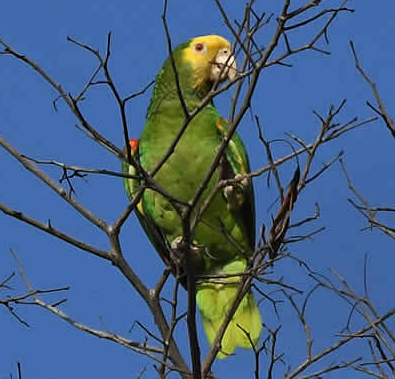
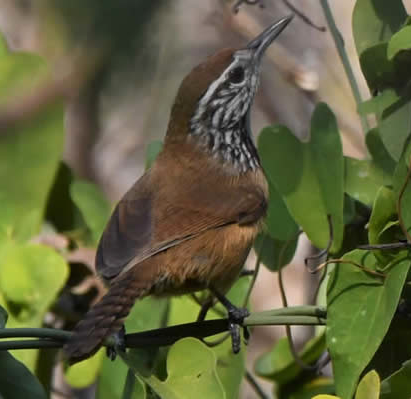
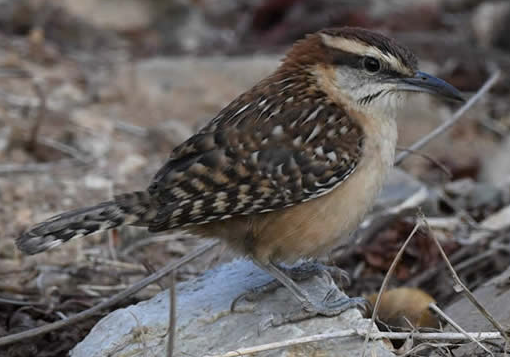
Troncones
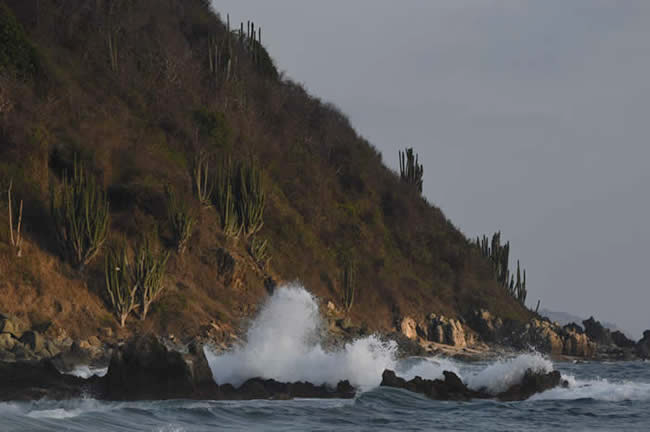
About fifteen miles north of Zihuatanejo is the sleepy little village of Troncones. This relatively quiet beach community was a welcomed relief from the huge Easter holiday crowds in Zihuatanejo. I began exploration by jeep immediately upon arrival.

From the town center, I drove north on the shoreline road about 1.5 km, then turned right onto a dirt road heading toward the hills. This road, known to birders as the ‘parrot track,’ continues uphill, northeast through a mixture of thorn scrub and deciduous forest. I parked at the lower (west end) of the road and walked about 2 km to the ridge line, where greeted by a pack of untethered guard dogs. Returning somewhat more alert along the same route, a platoon of well-armed police passed by in a HUMMER; we exchanged friendly gestures. It was otherwise a peaceful stroll through mostly undeveloped coastal hill country, and occasionally quite birdy.
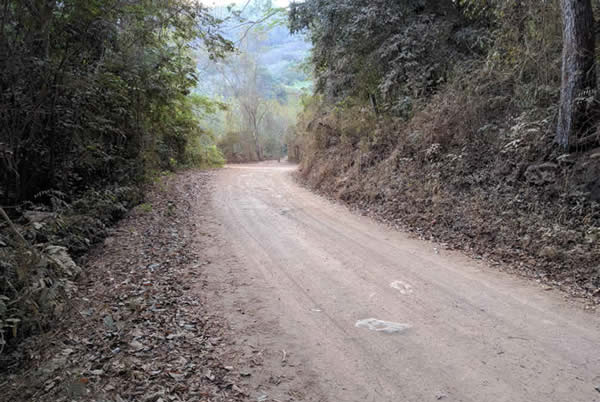
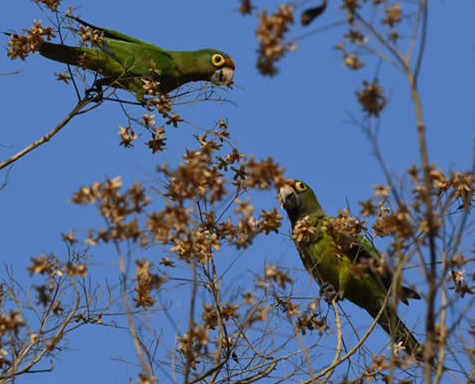

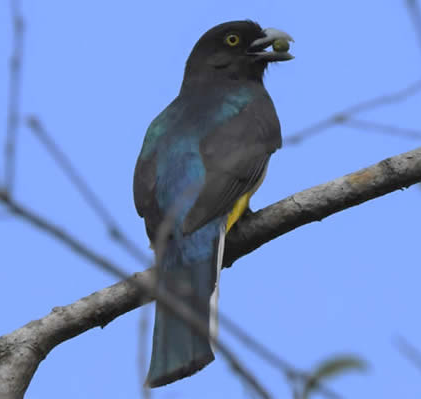
There were also unplanned, off-road jeep adventures in the area. Once I high-centered the rental jeep in sand on the shore of Manzanillo Bay and discovered that what was assigned to me as a AWD was actually 2WD. Some friendly villagers teamed up to push me out. Another time, I was trapped on a narrow, sandy road with oncoming traffic. This was on a confusing inland track with twists and turns through open fields, backyard gardens, a coconut tree plantation, eventually terminating at stream crossing known locally as Boca de Lagunillas. There were a few warblers in the trees but not many other birds. The midday heat and humidity was intense. This soon became a popular swimming hole for some villagers, which effectively ended the solitary birding session.
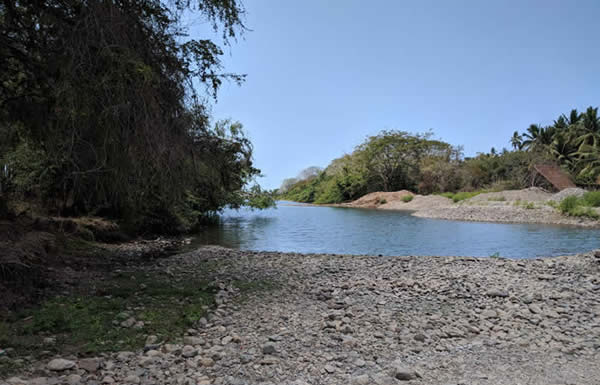
Near the end of my 10-day trip, I returned to Troncones and rented a room in a small beach resort. That gave me a little more time to explore the area. I had intended to go surfing in the afternoons following birding, but the waves were small and wind-blown. Otherwise, the birding around Troncones continued to be quite productive, though by then, relatively few species were added to my trip list.

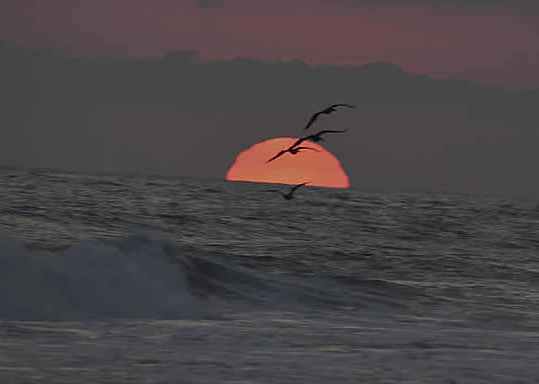
Barra de Potosi
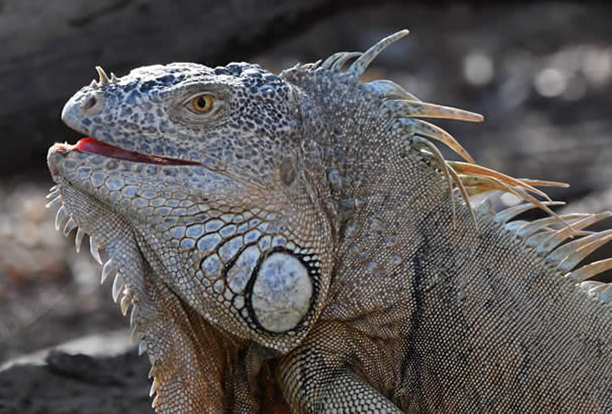
I made two separate day-trips to this area, located about 10-miles southeast of Zihuatanejo. Both times, I visited the private nature reserve called Refugio de Potosi, owned and operated by Laurel Patrick. The reserve is well marked on the main road to Barra de Potosi.
Refugio de Potosi includes Laurel’s home, ornamental trees and shrubs, a garden pond, auxiliary buildings, an iguana enclosure, about fifty-acres of thorn-scrub, an observation tower and a shallow lake. The place was quite birdy on both of my visits, particularly the hummingbird feeders, garden pond and lake.
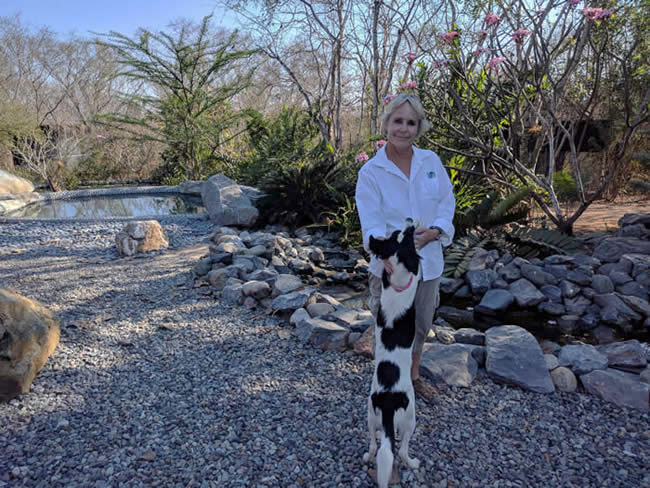
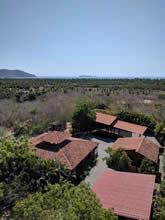
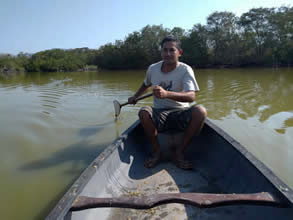
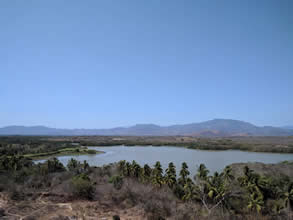
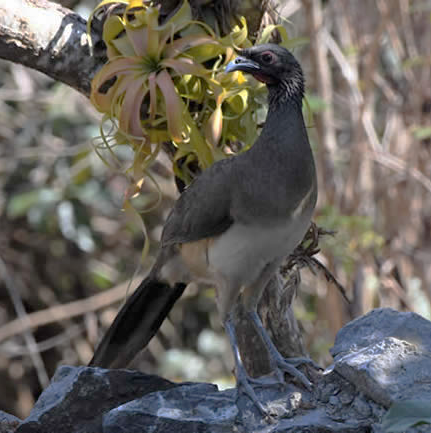
The biggest surprise, however, was a fully-articulated adult Sperm Whale skeleton behind Laurel’s home. Several years earlier, the whale carcass had washed ashore and was salvaged by Laurel and her helpers. No one knew quite what to do with it, so Laurel did some online research and finally located a high-school biology teacher in Alaska who had assembled a Sperm Whale skeleton and, remarkably, published an illustrated Do-it-yourself instruction manual.
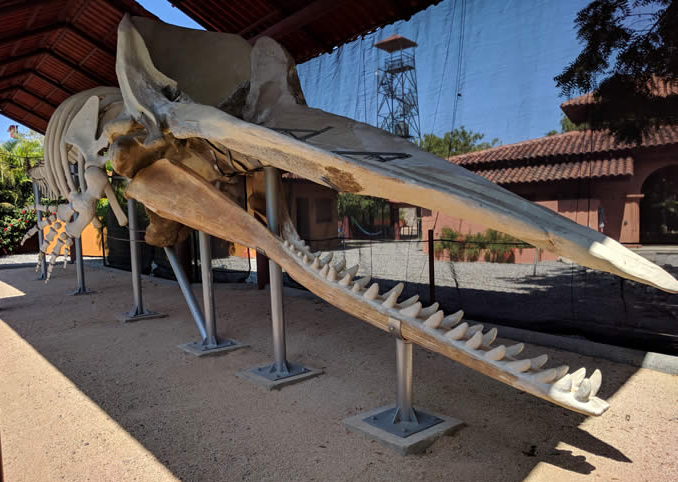

Laurel and her team of volunteers went to work. The project, requiring several years, involved burying sections of the carcass to allow bacterial decomposition to separate flesh from bone. A carport shelter was constructed along with a metal scaffolding to protect and support the articulated skeleton.
Needless to say, the monumental task was an incredibly ambitious undertaking. The results were nothing less than awesome. The 30-foot long skeletal specimen — one of only a few like it in the world — is one of the most impressive zoological exhibits in Mexico.
I spent several hours walking pathways through the Refugio de Potosi garden and adjacent thorn scrub; a canoe trip in the adjacent Carizzo Lagoon was also well worth the time and effort, which included a portage of about 100-yards. Noteworthy birds, not found eleswhere during this trip, included, Woodstork, Plain-capped Starthroat, Blue Bunting, and Black-vented Oriole.
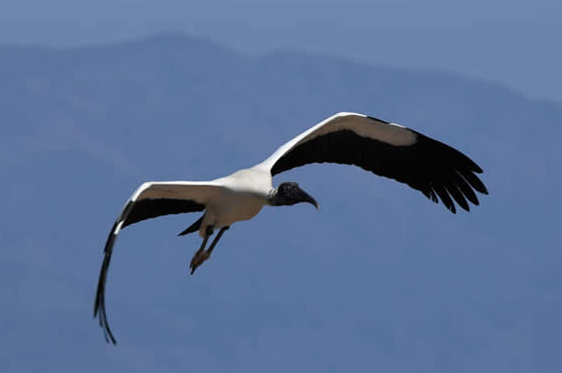
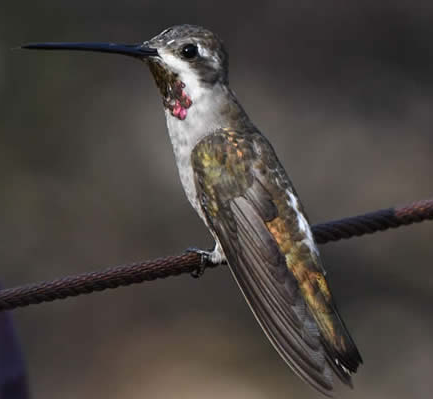
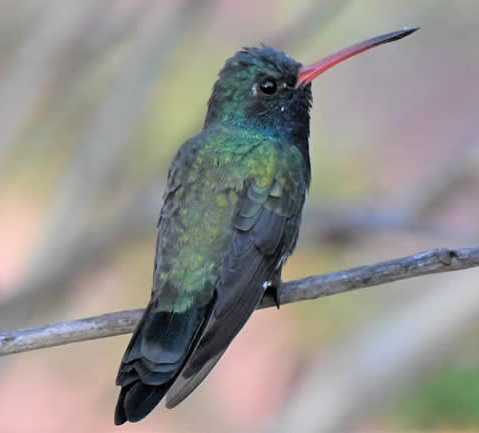
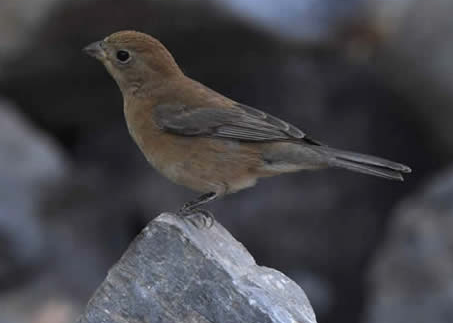
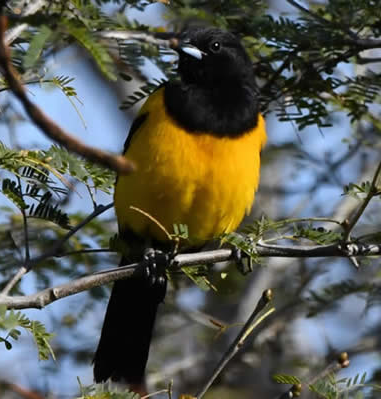
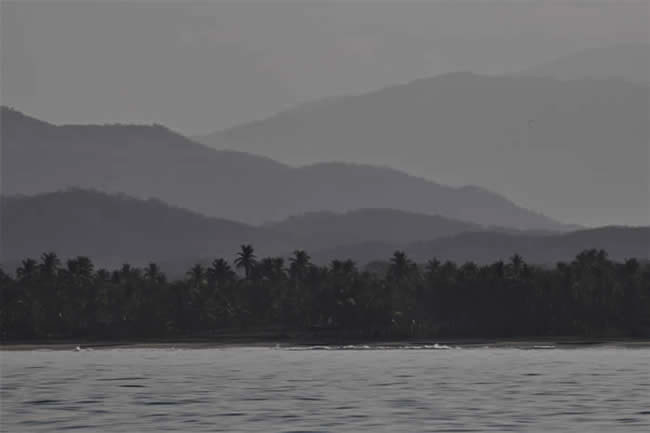
A few miles southwest of Refugio de Potosi is a tidal estuary known as Laguna de Potosi, part of the greater coastal settlement known as Barra de Potosi. Another two miles or so offshore are some rocks with significant seabird colonies known as Los Morros. Beginning at sunrise, I spent most of a day (April 5, 2018) exploring this area, including a boat trip to Los Morros.

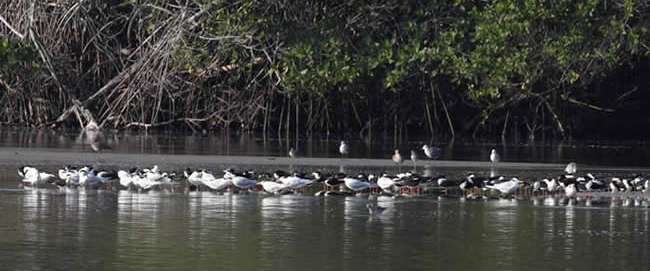
New birds for my trip list were added in the Barra de Potosi area. Noteworthy species included, Brown Booby, Red-tailed Tropicbird, Royal Tern, Least Tern and Black Skimmer. The thorn scrub and mangrove produced a family of Groove-billed Ani and a Reddish Egret fly-by.
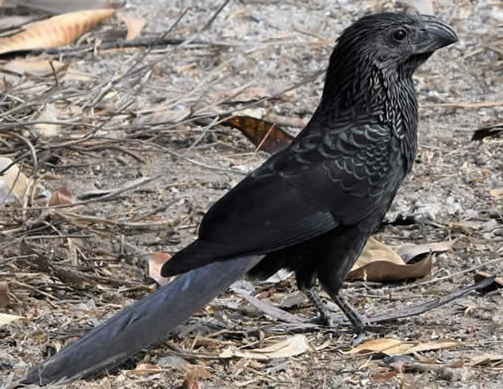
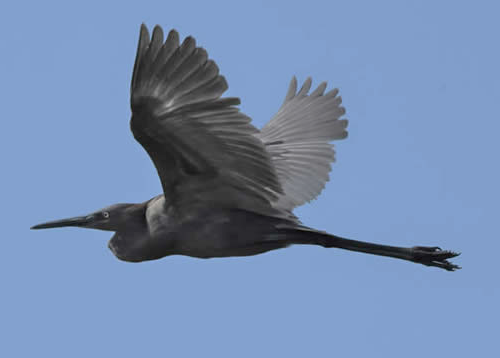
A 2.5-hour Morros trip with Arturo as the boat captain and guide, was perhaps the most memorable event. We began by running aground at low tide in the estuary. Pretty much the same thing occurred when we returned, despite Arturo gunning the engine to full throttle. The difficulties we had with shallow water probably explained why ours was about the only boat tour to the Morros that morning.
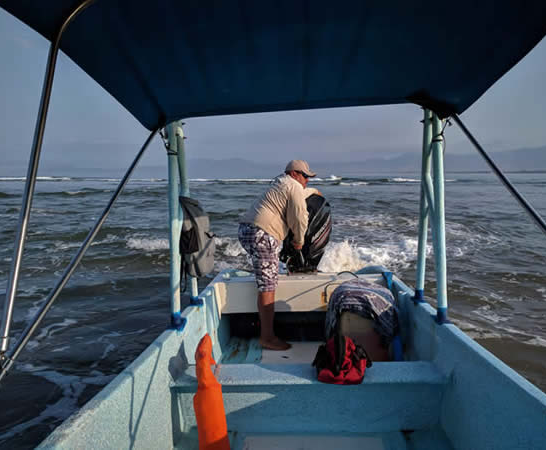
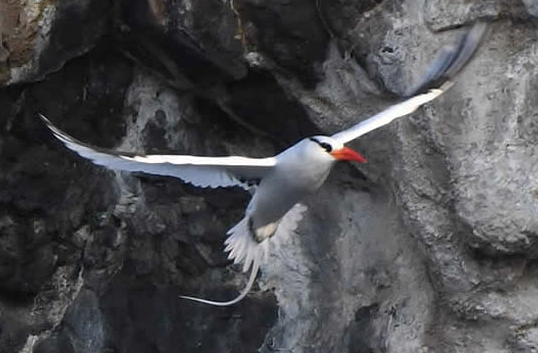
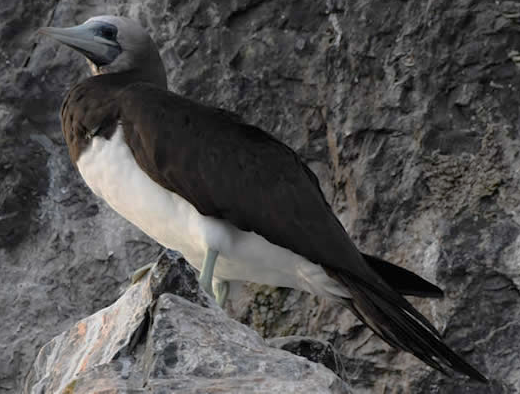
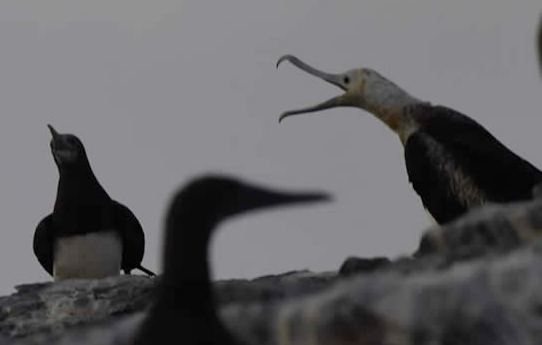
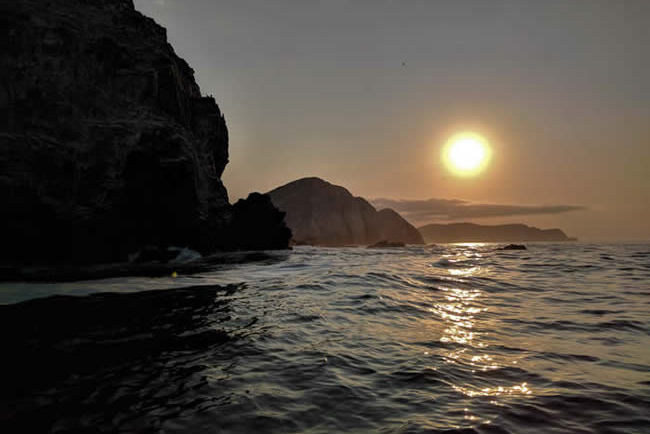
_____________________________________________________